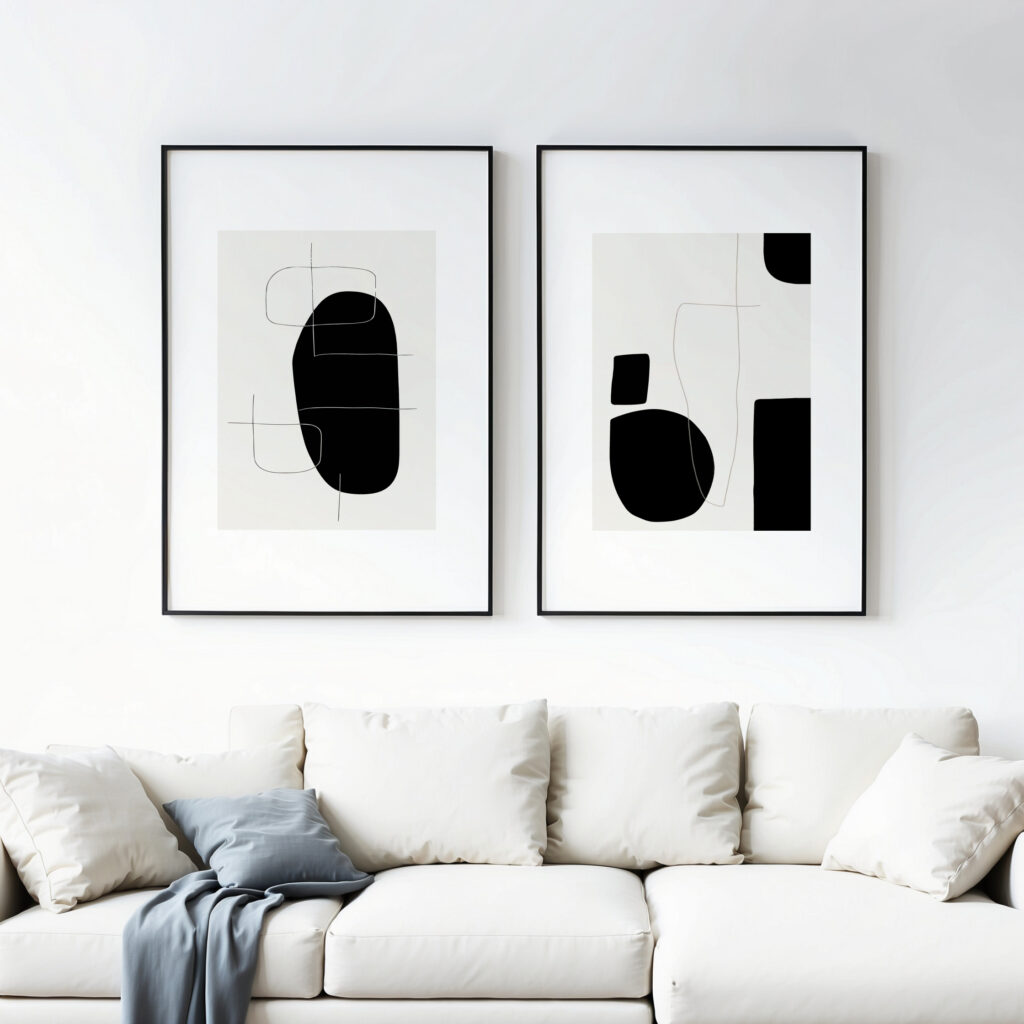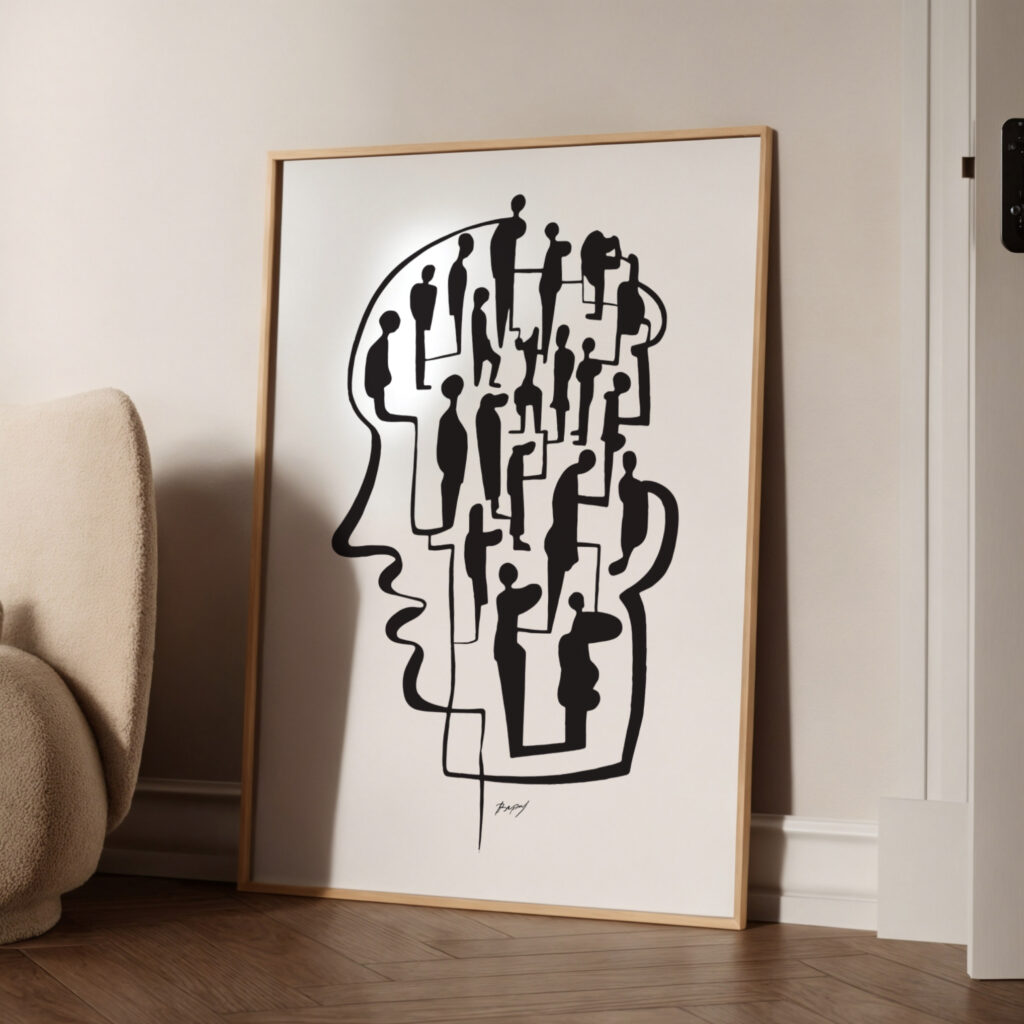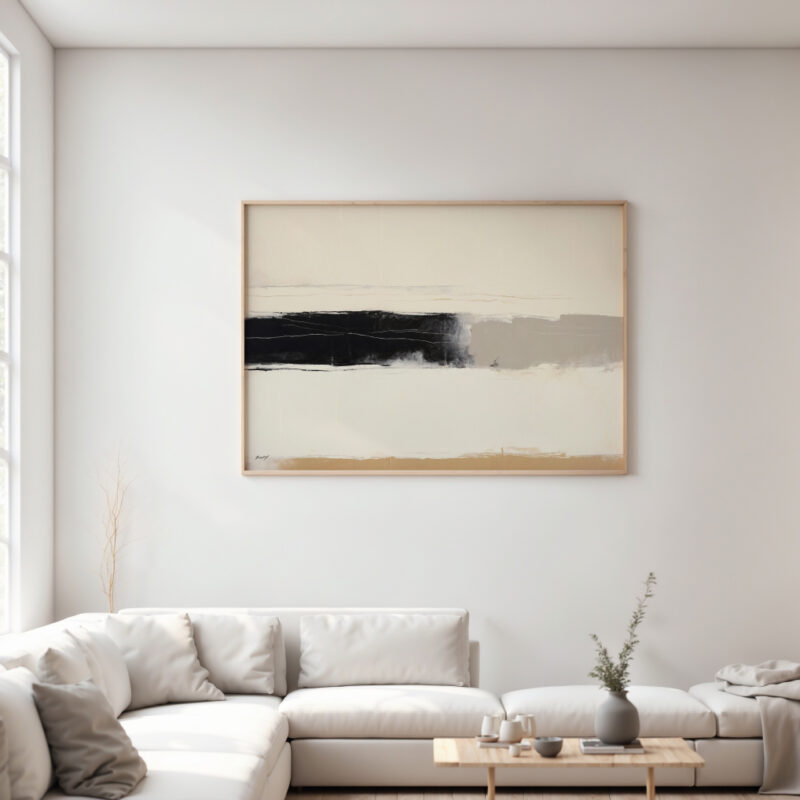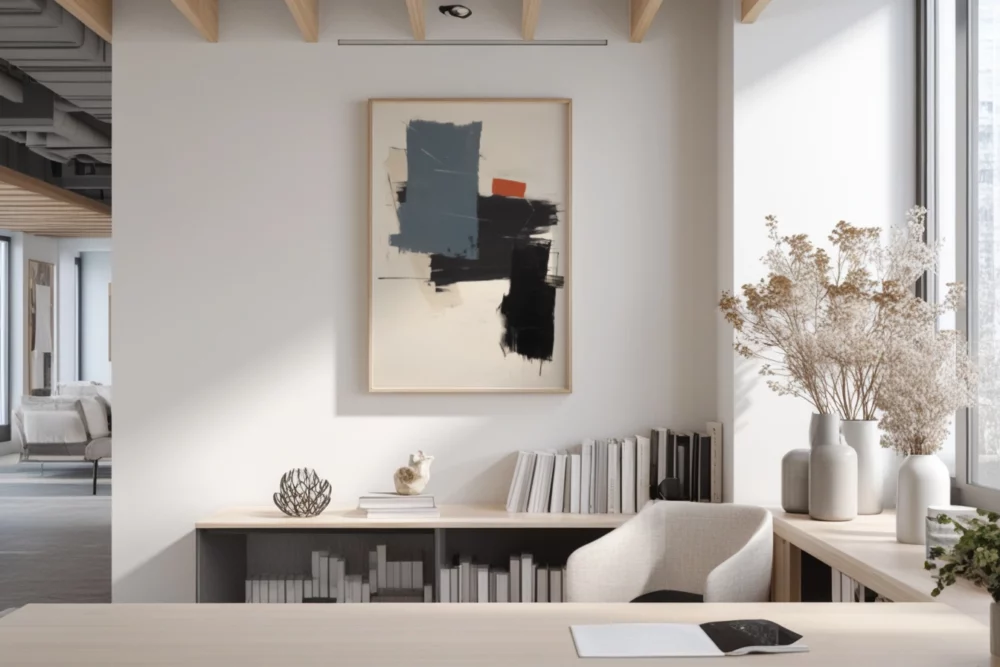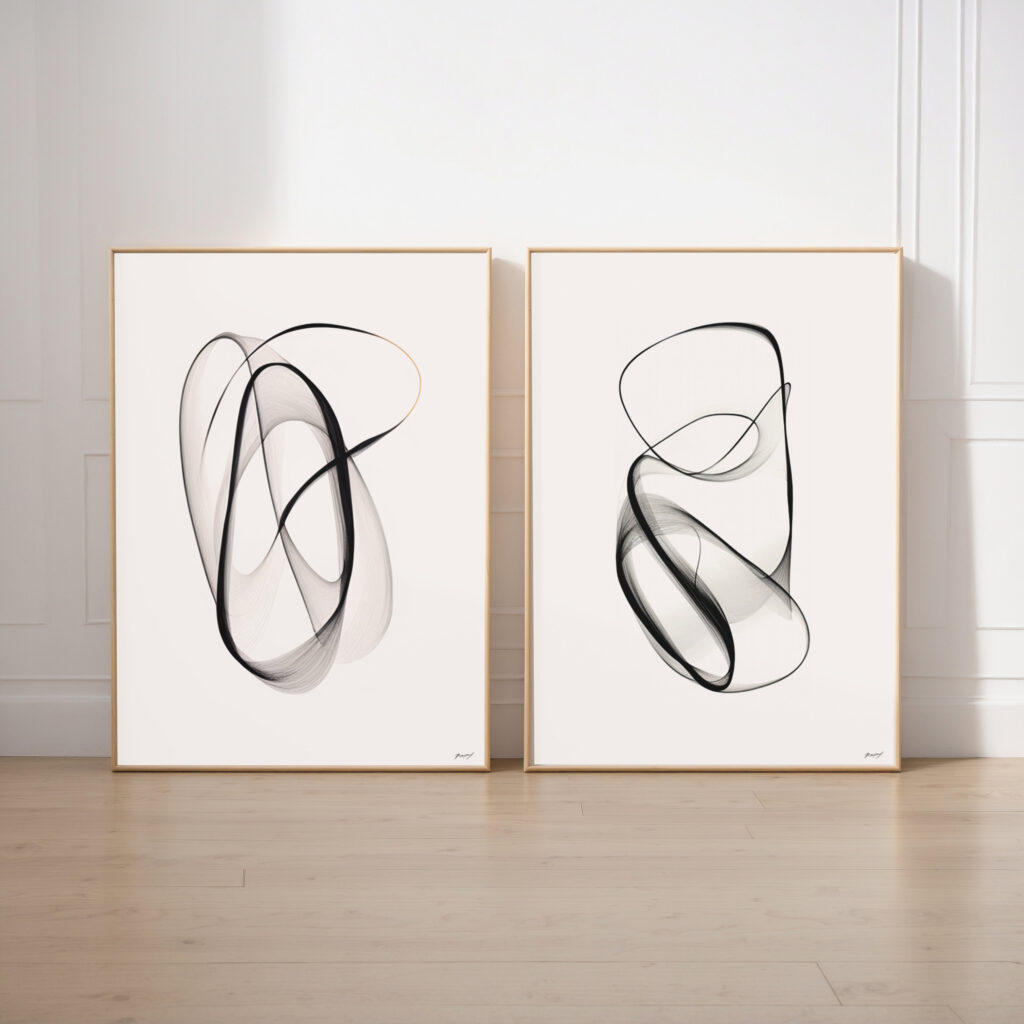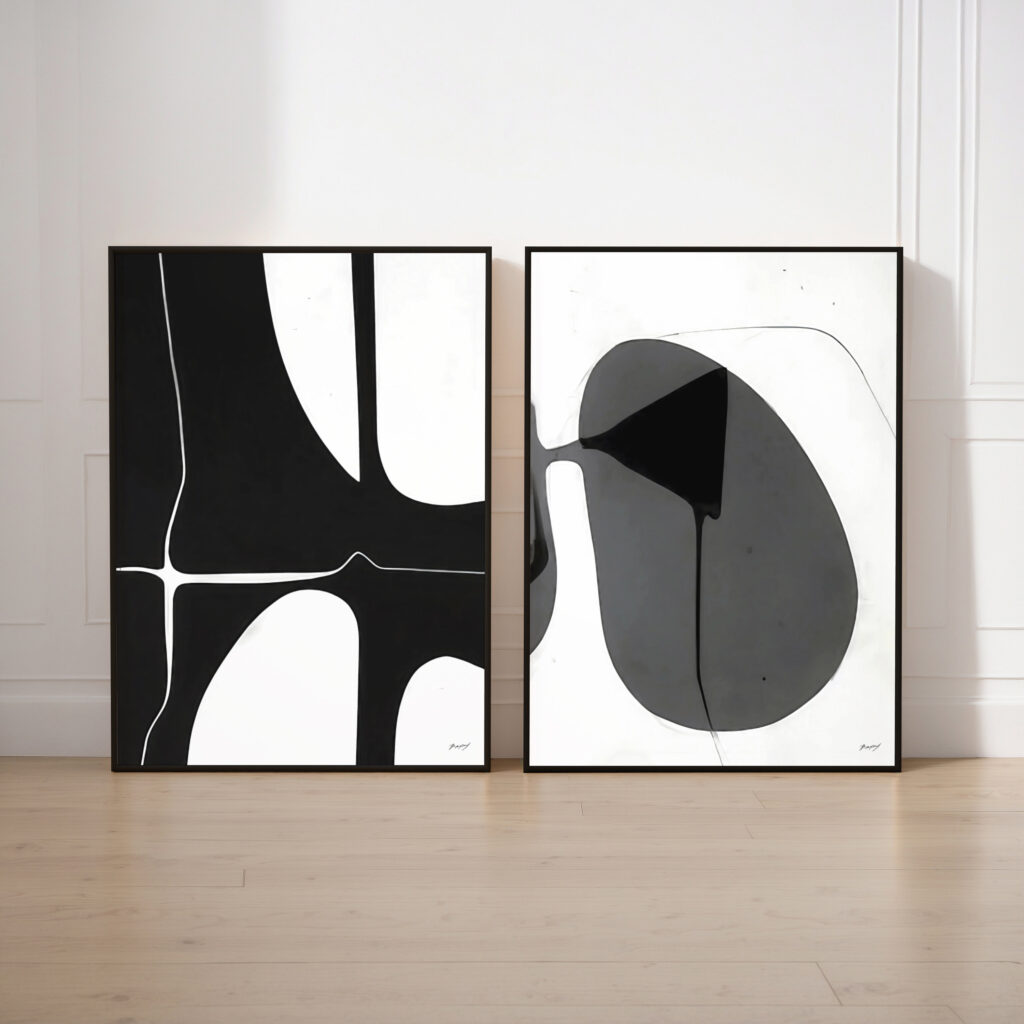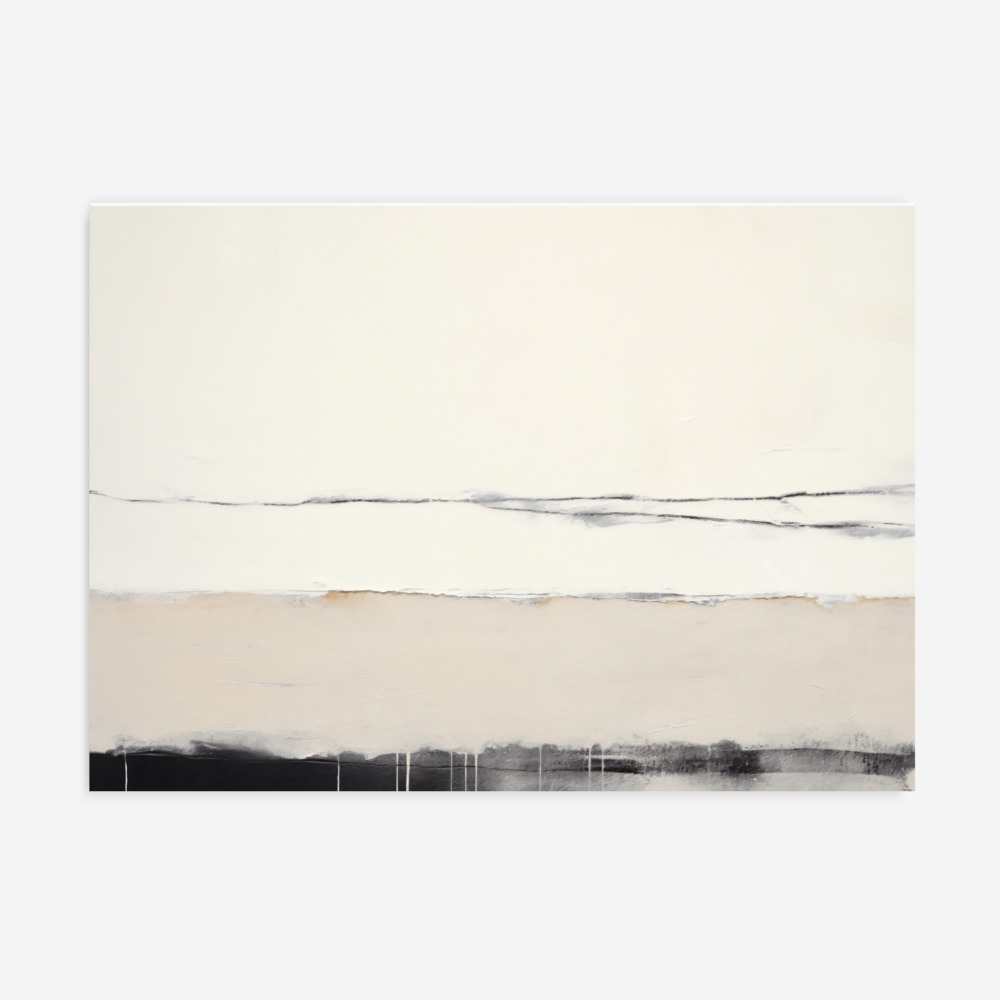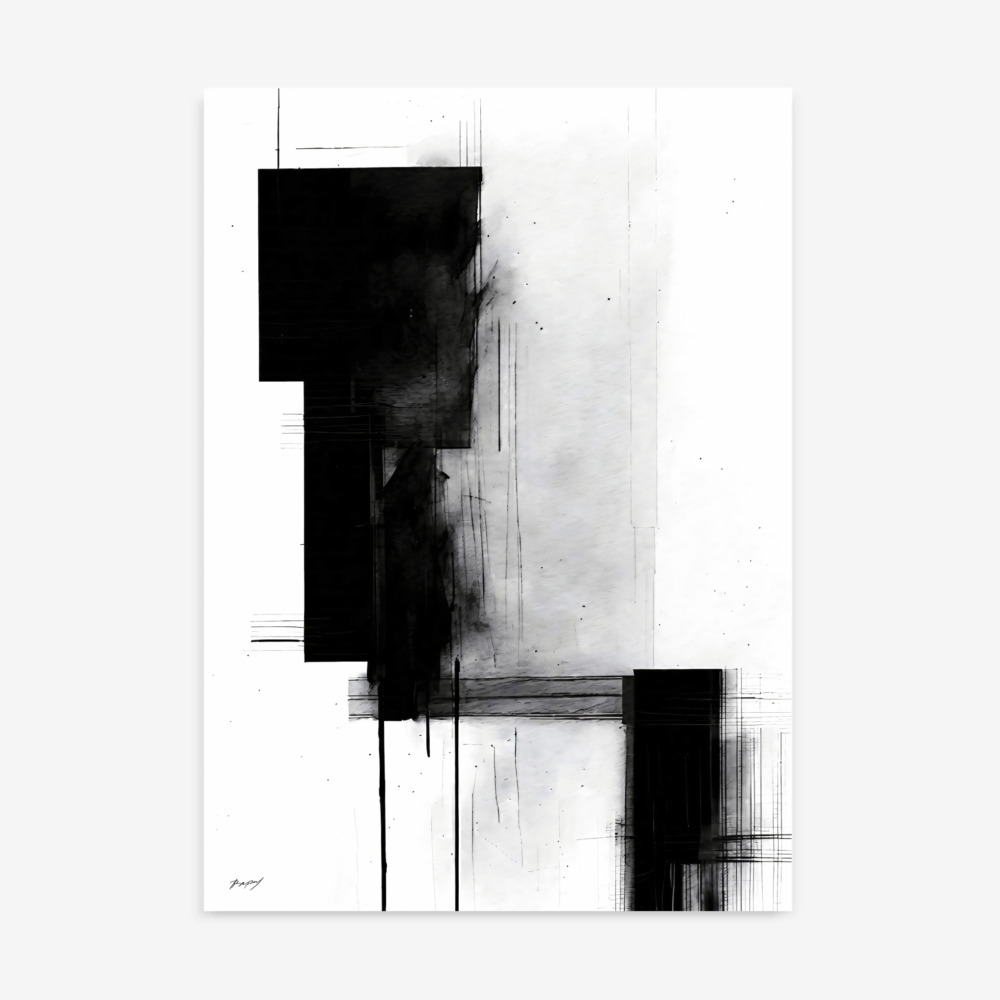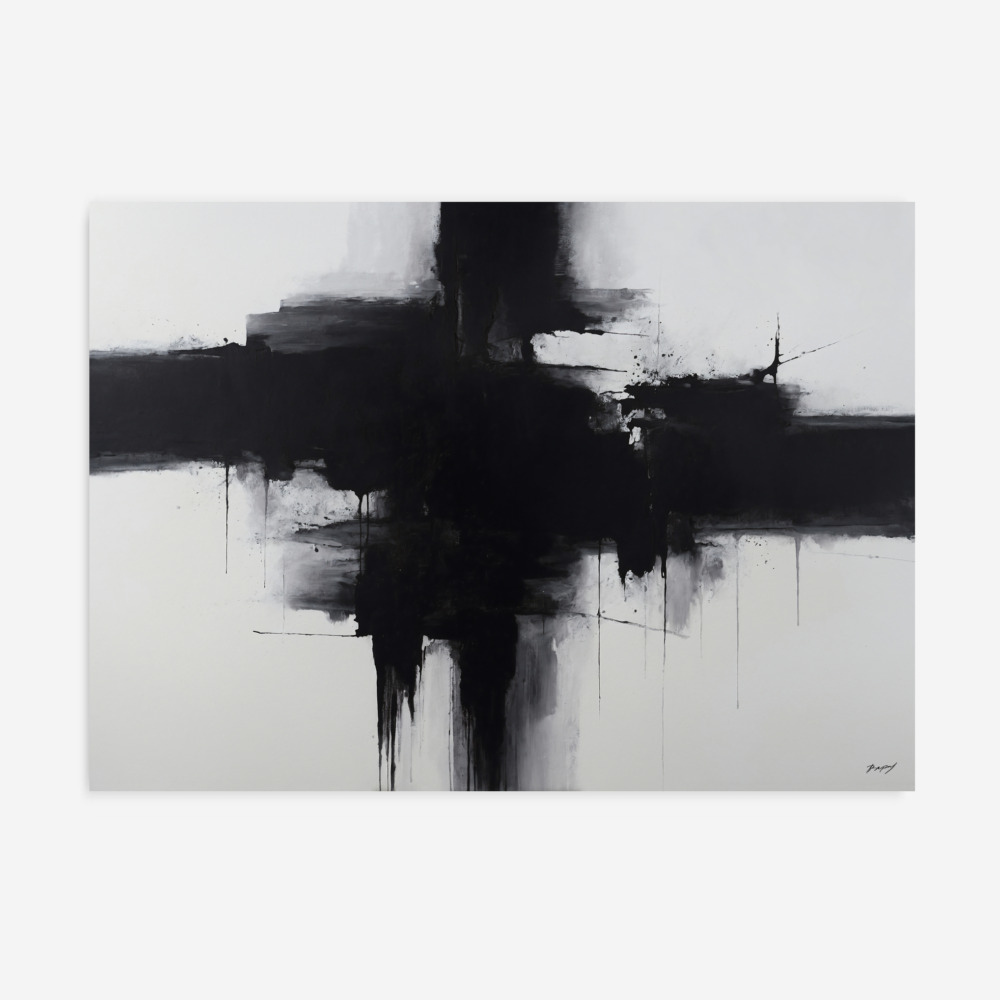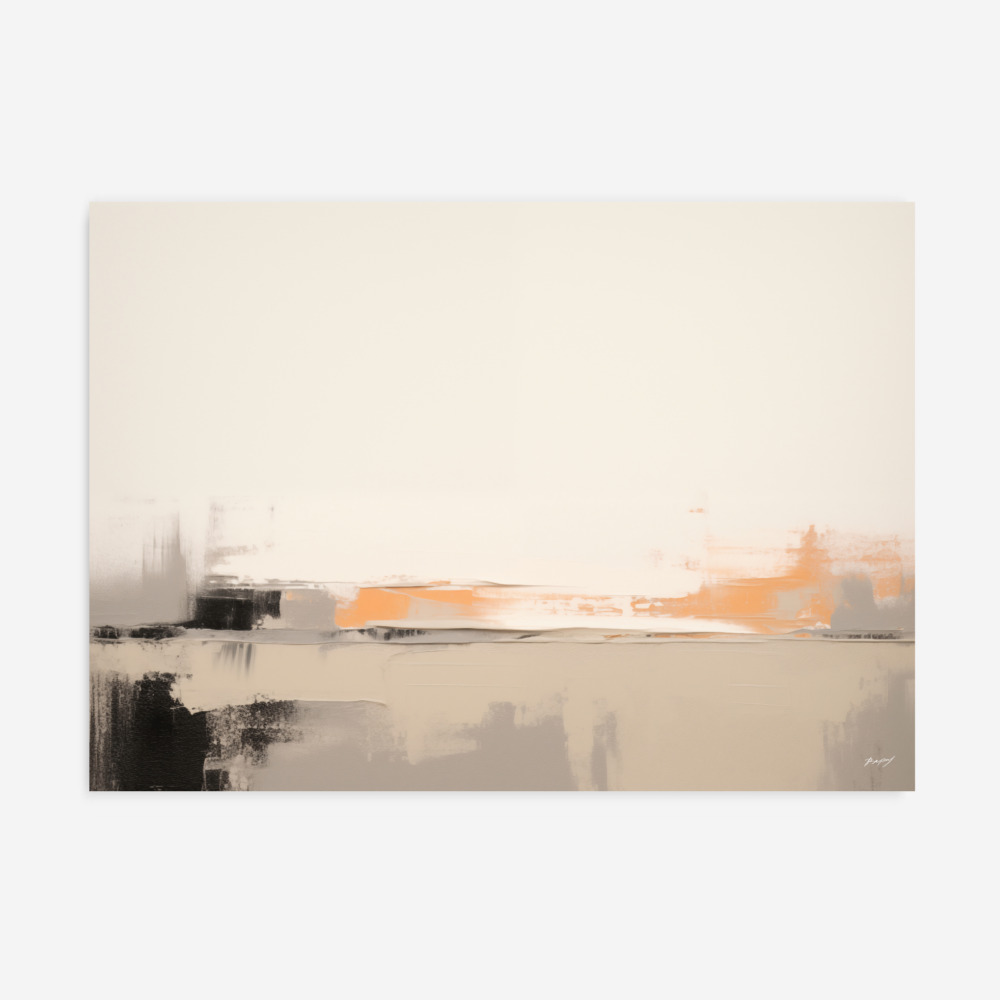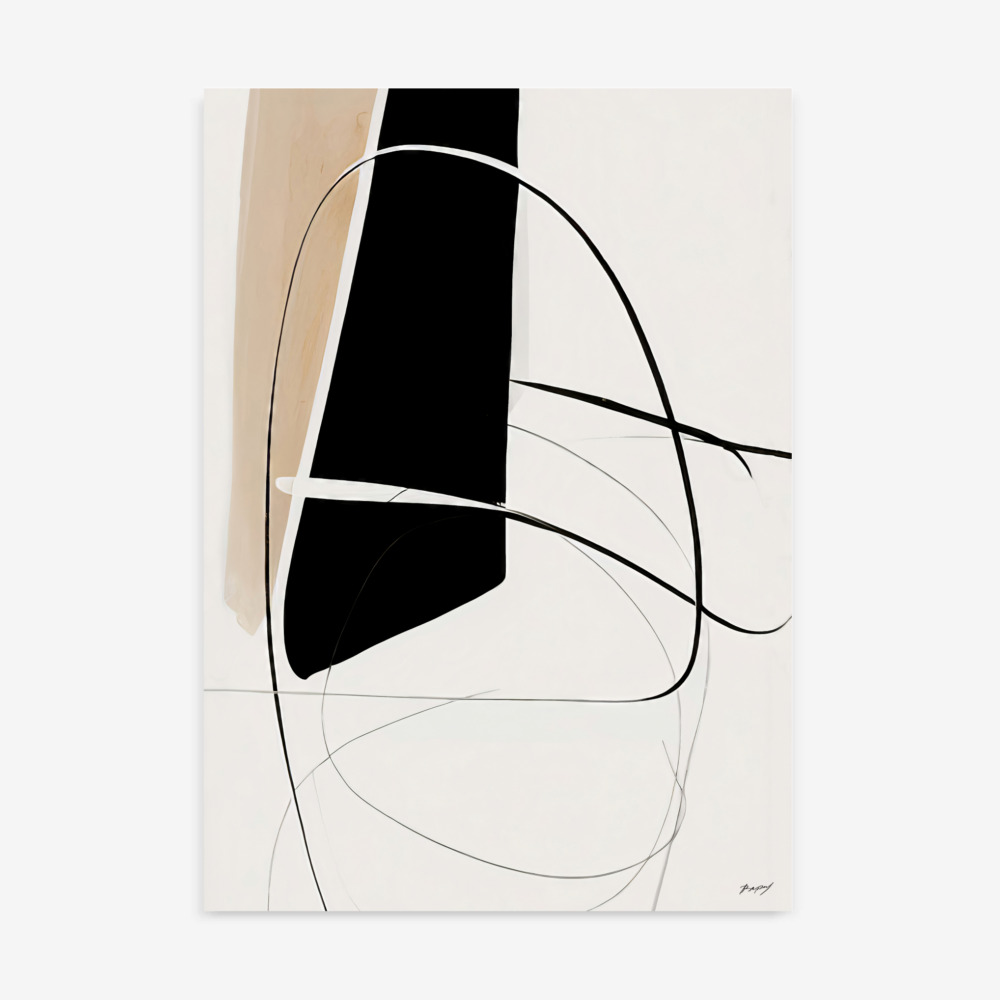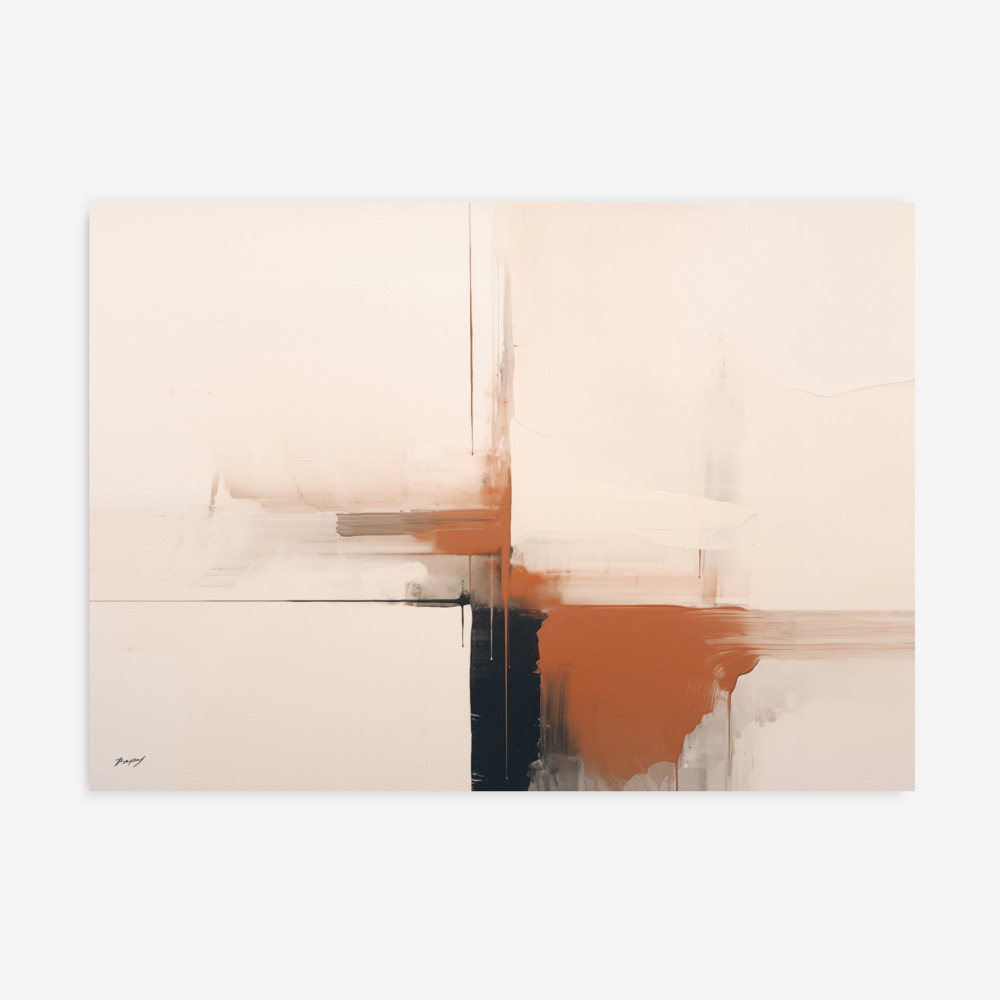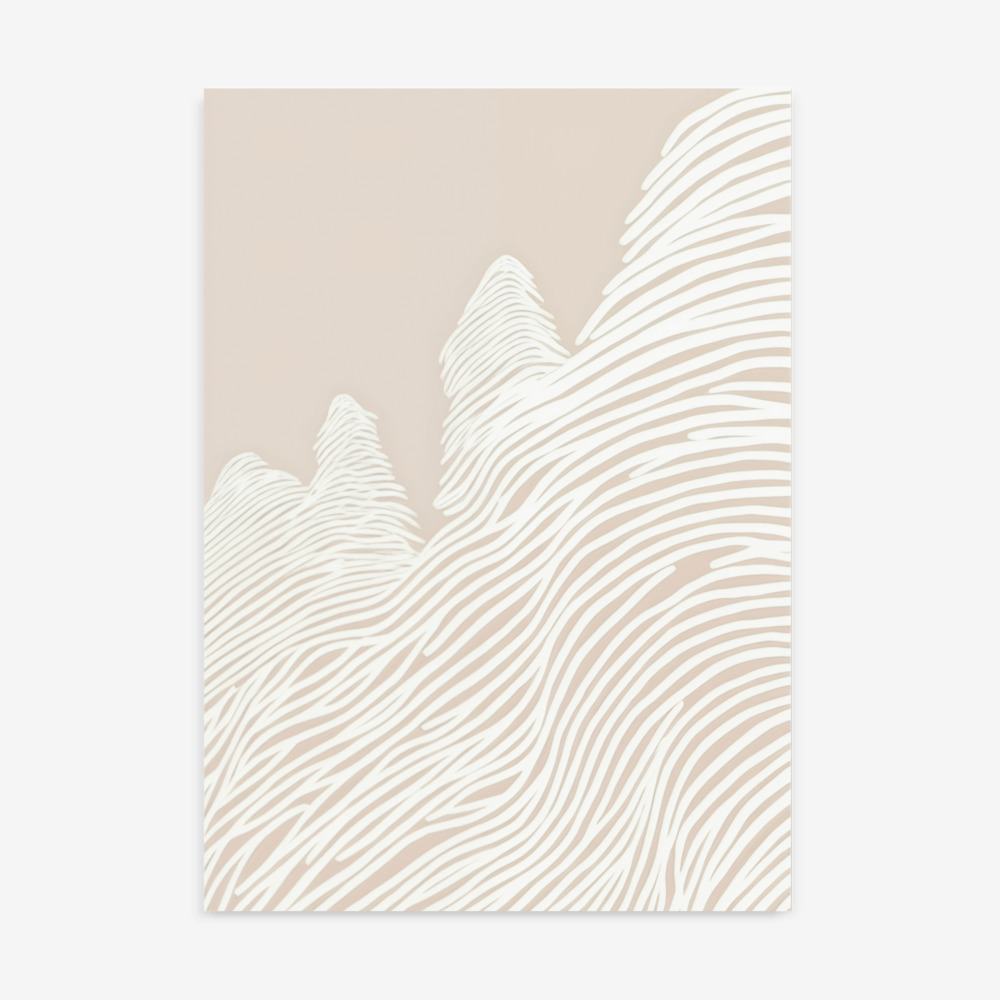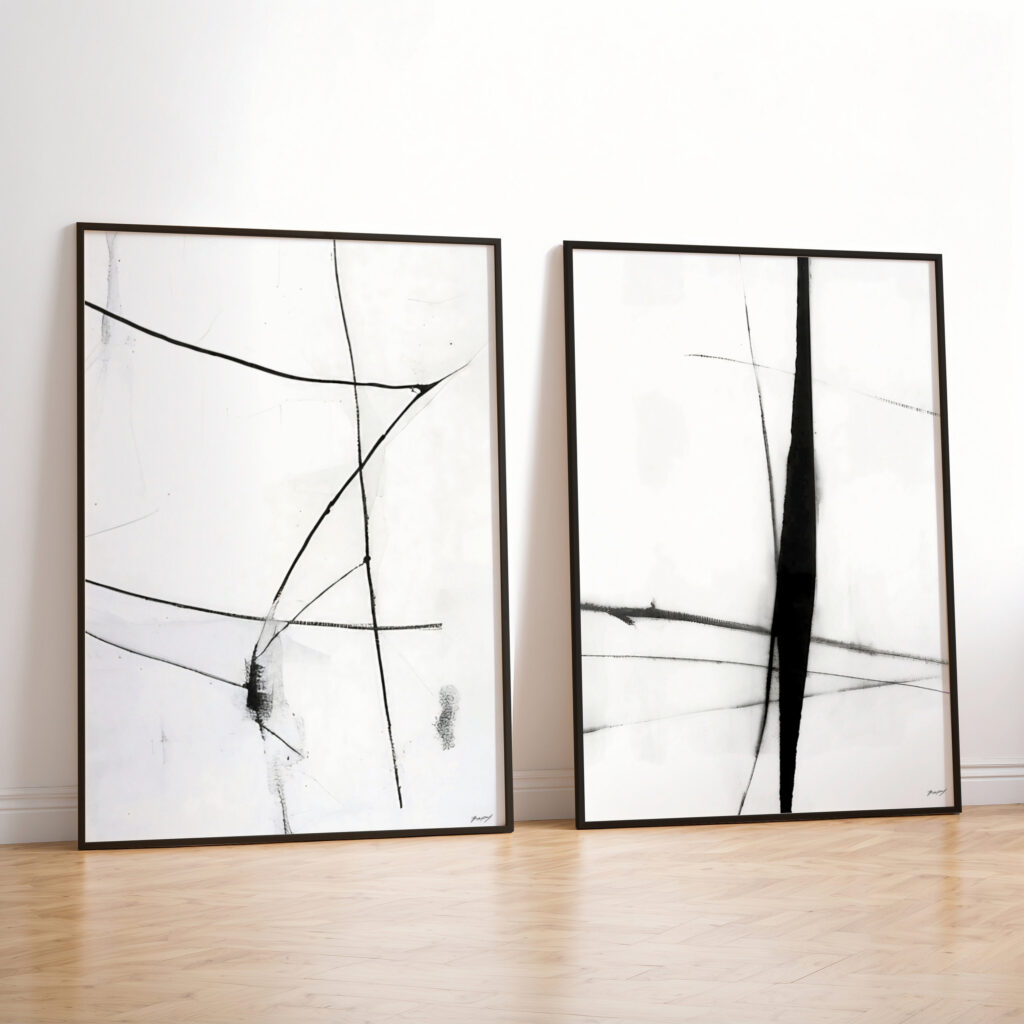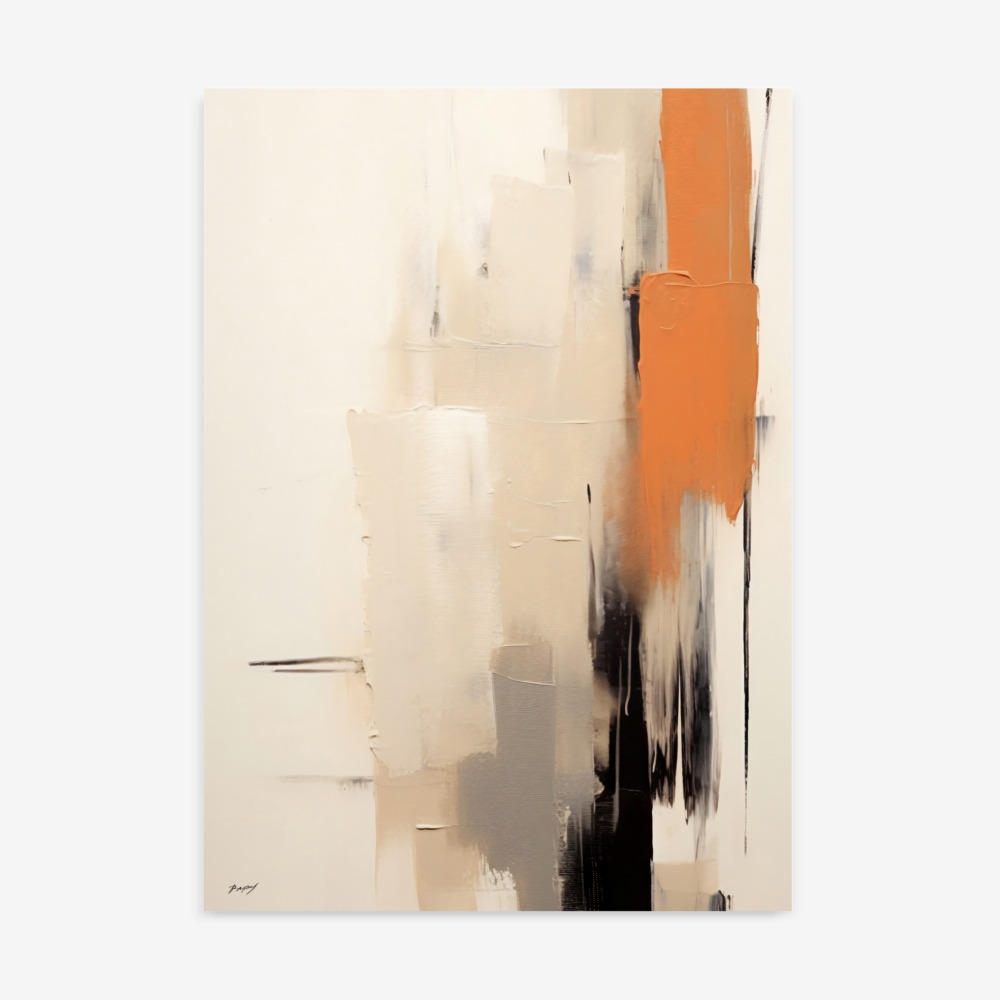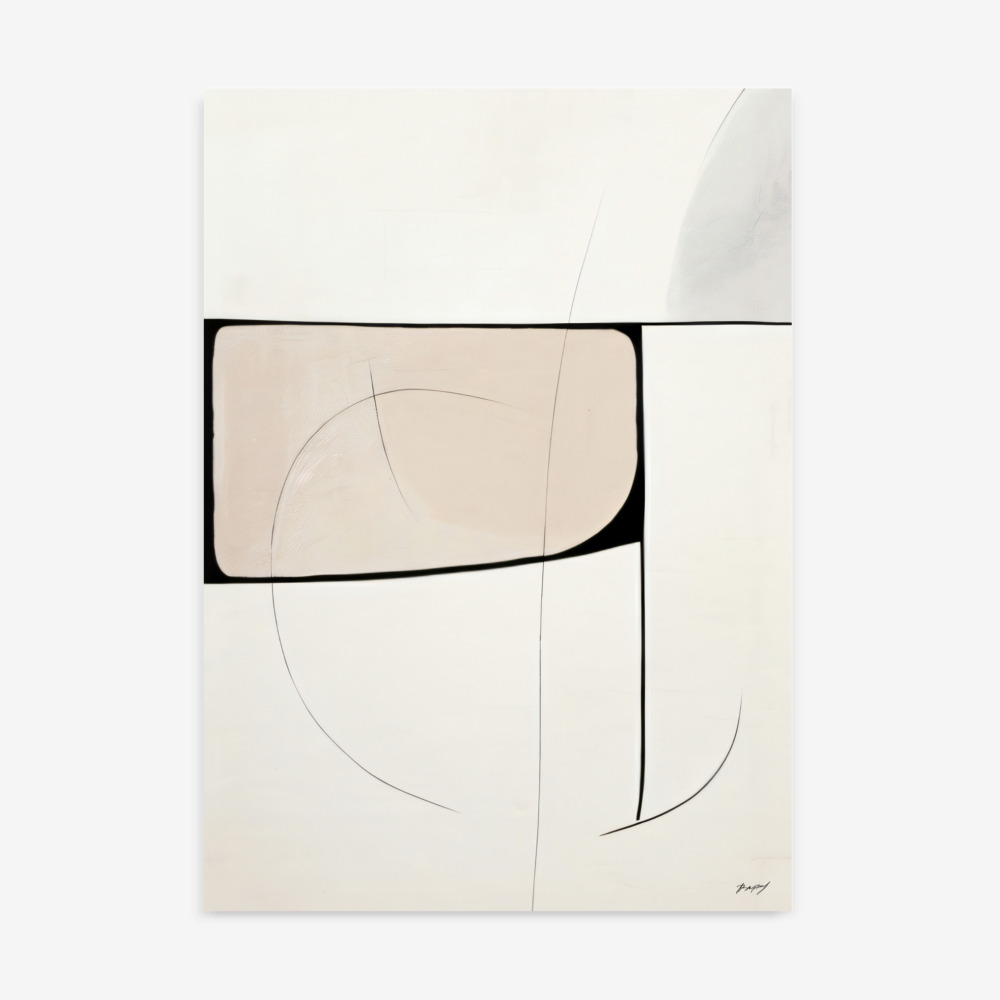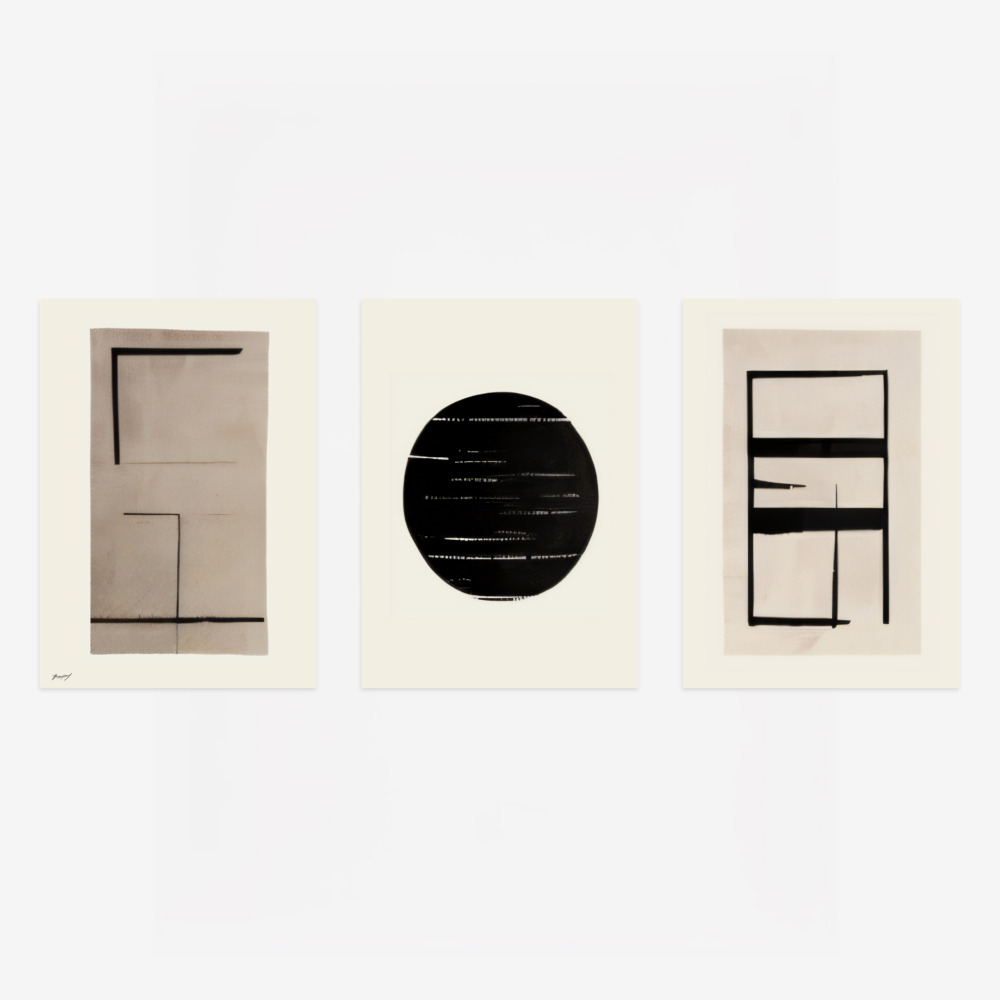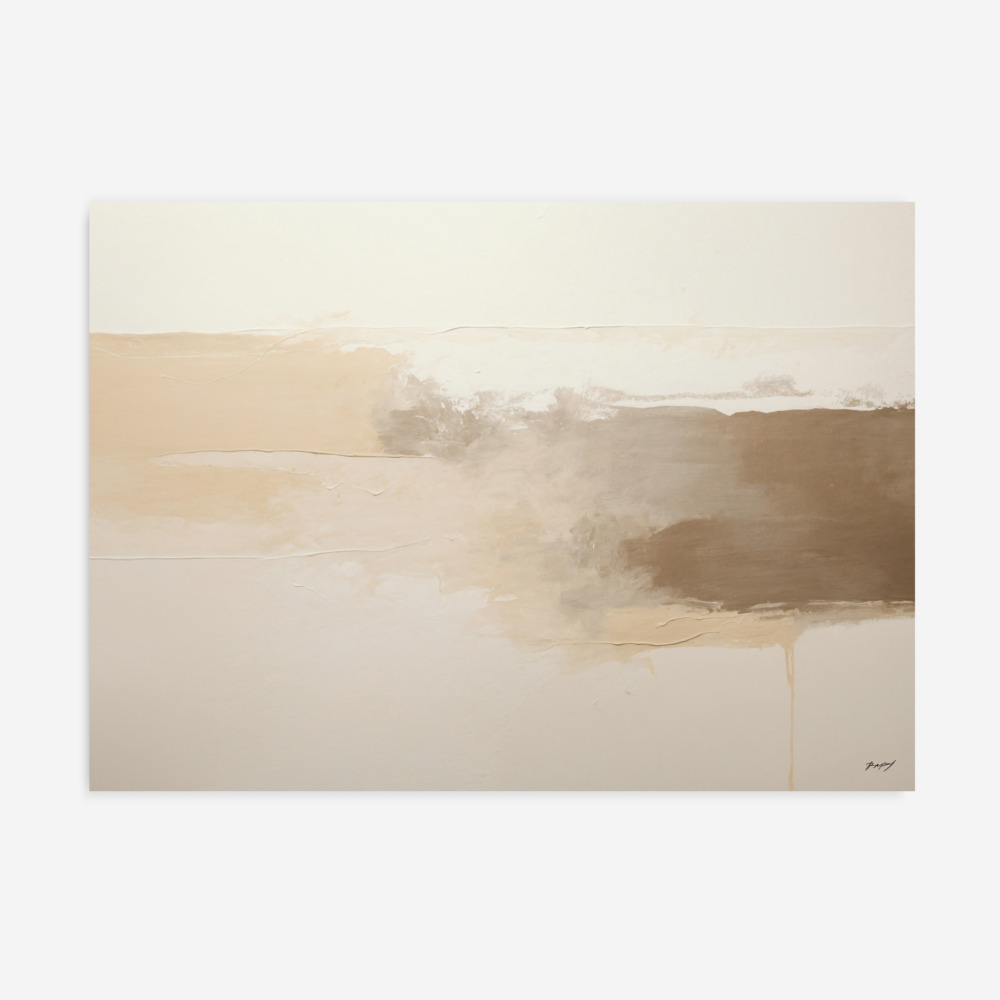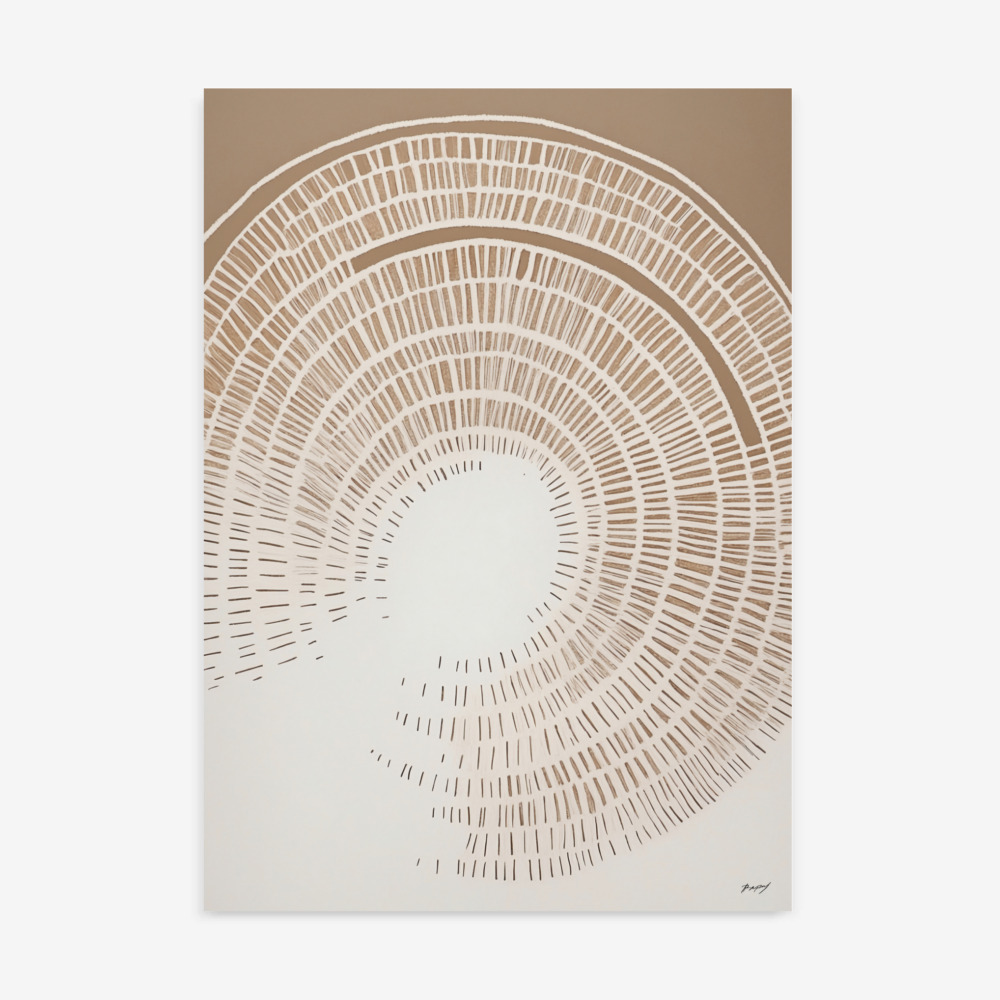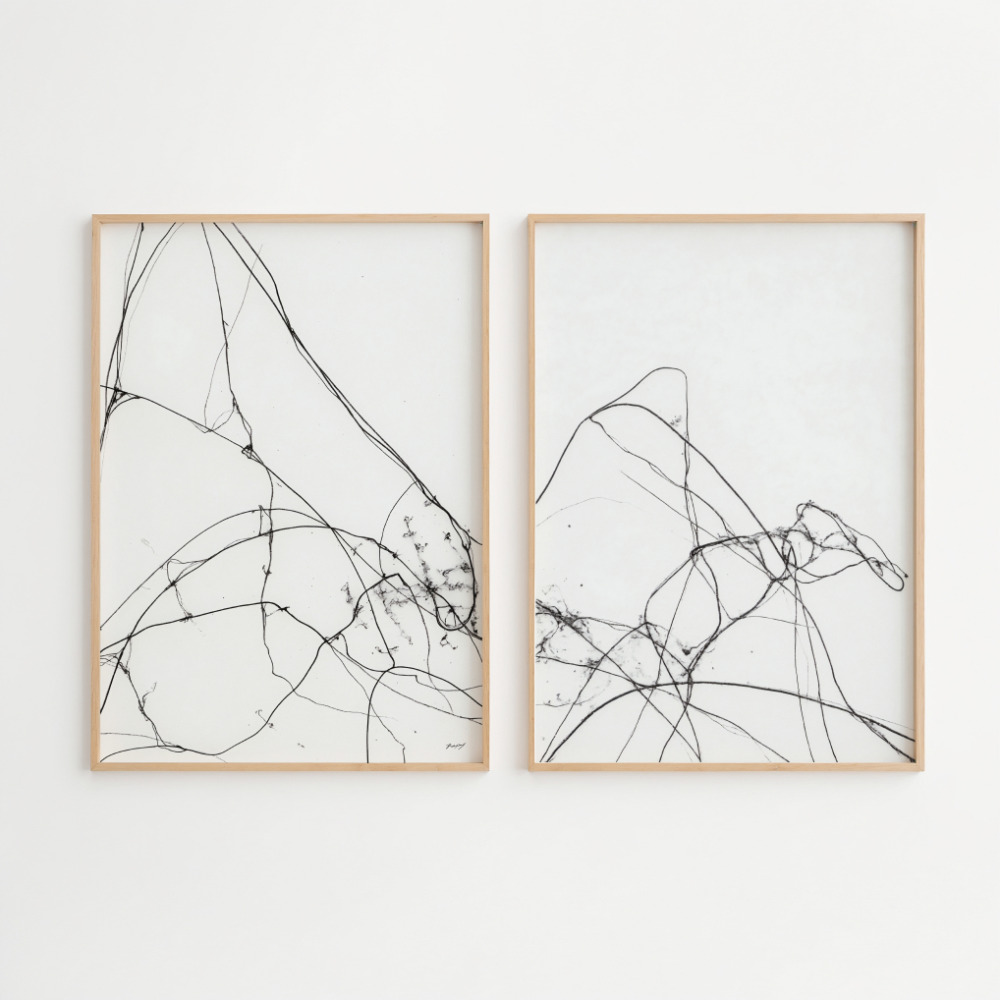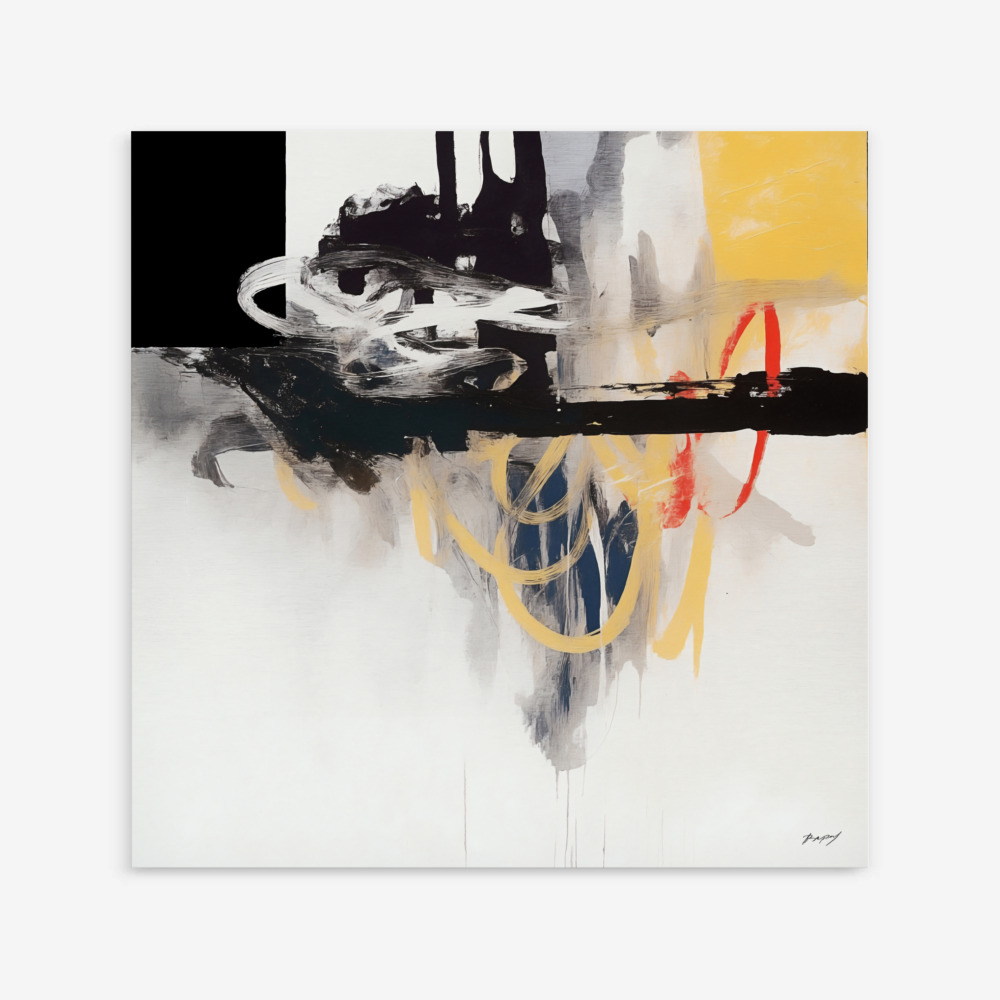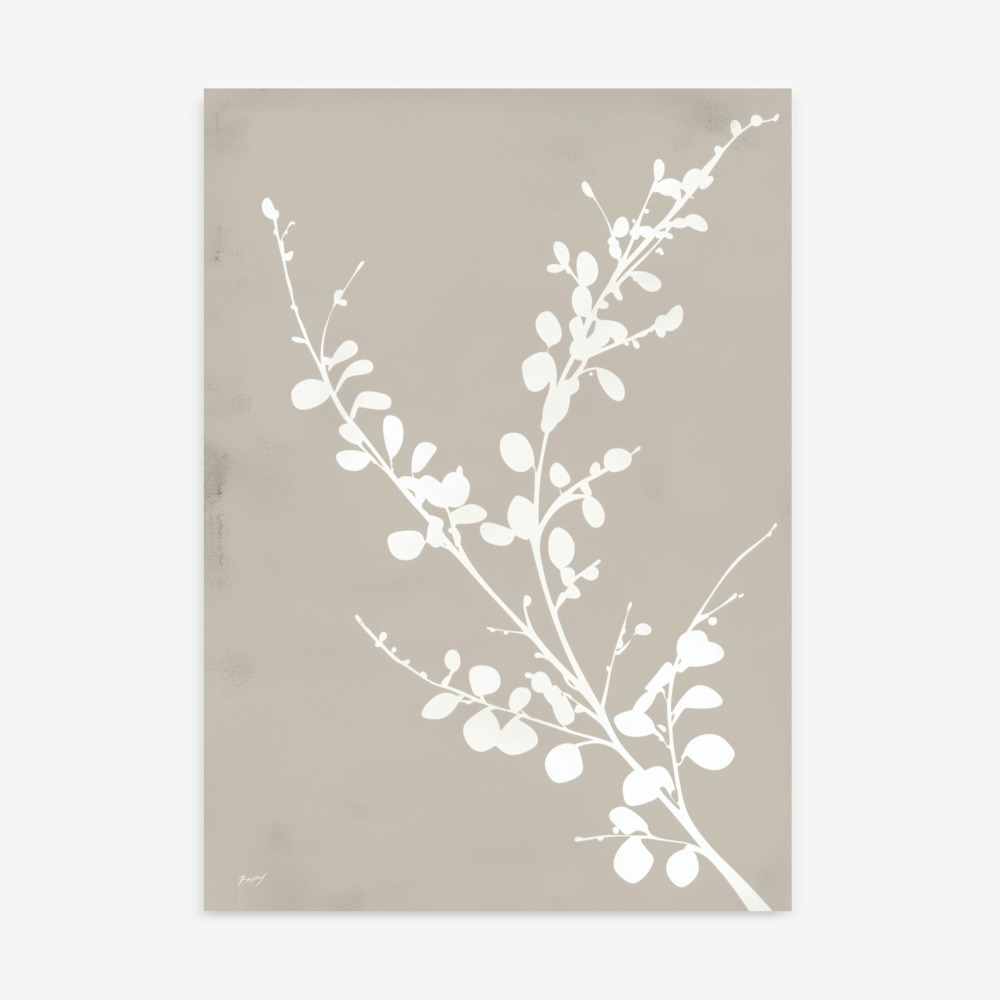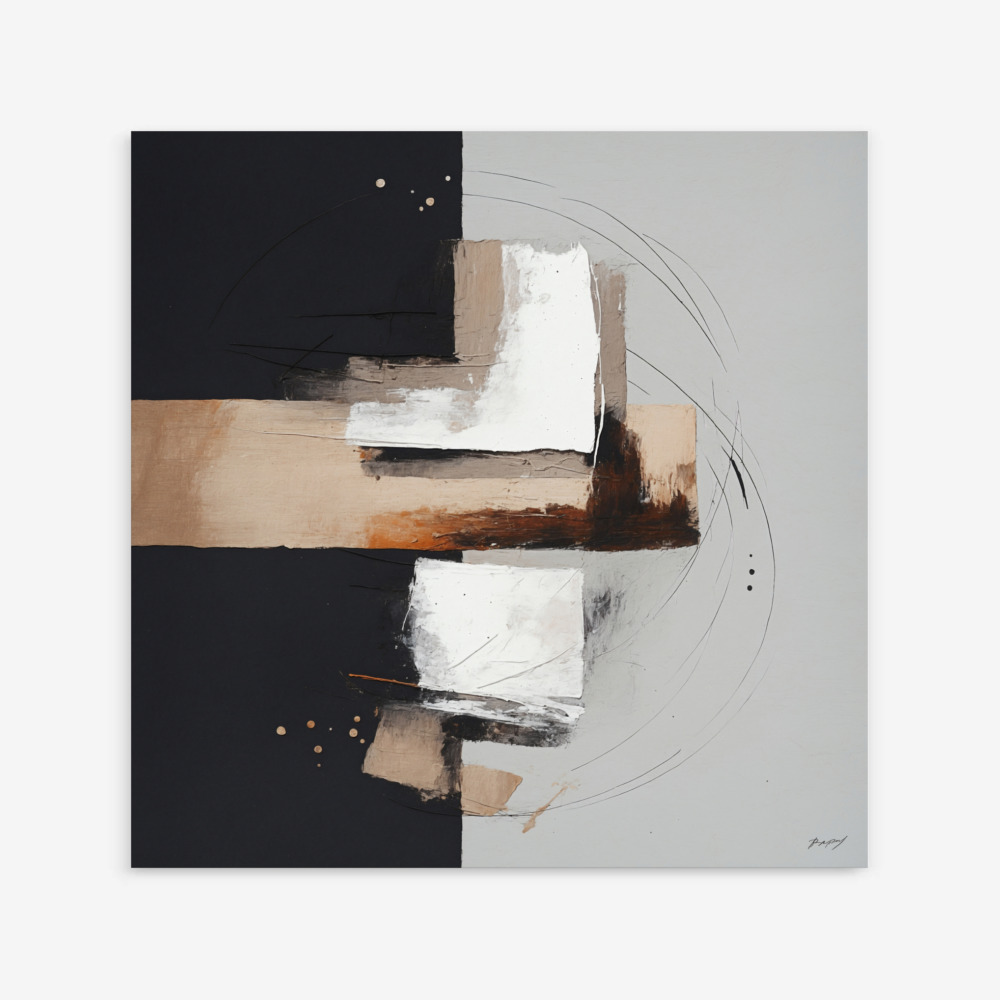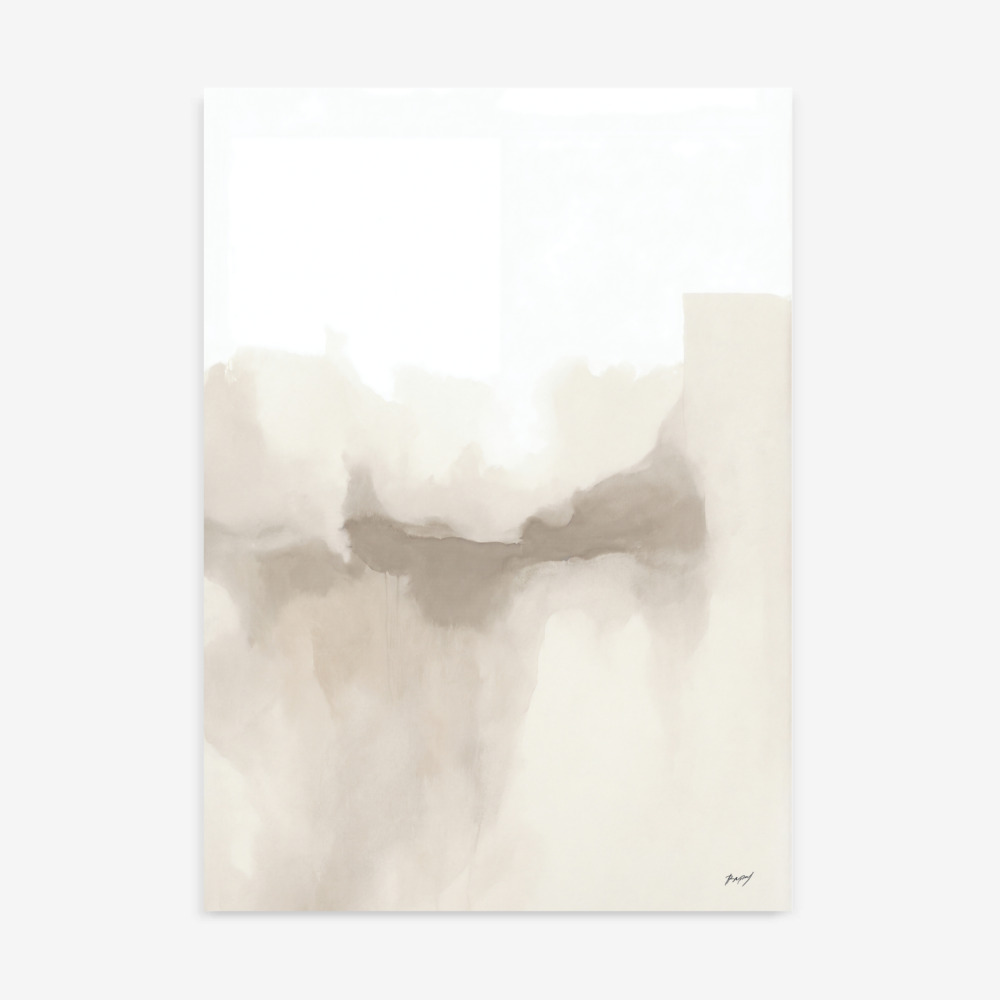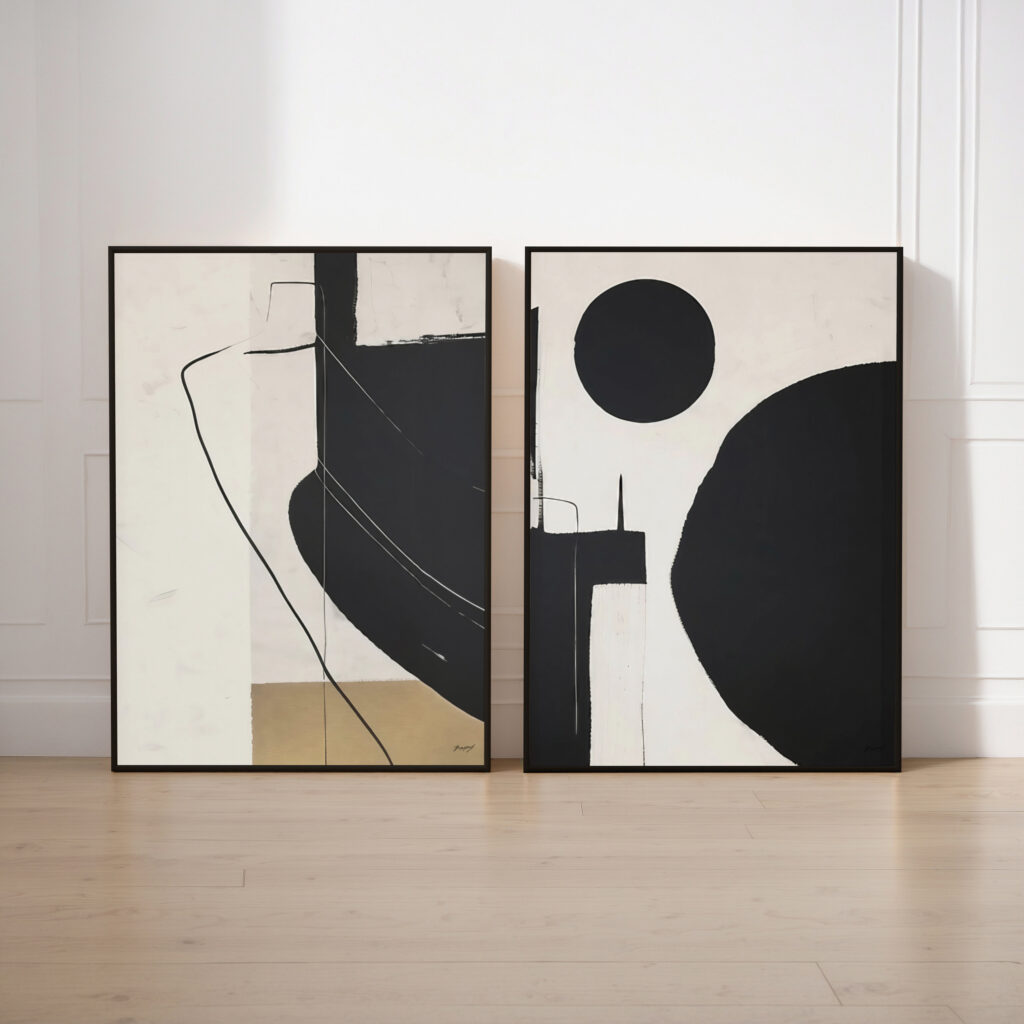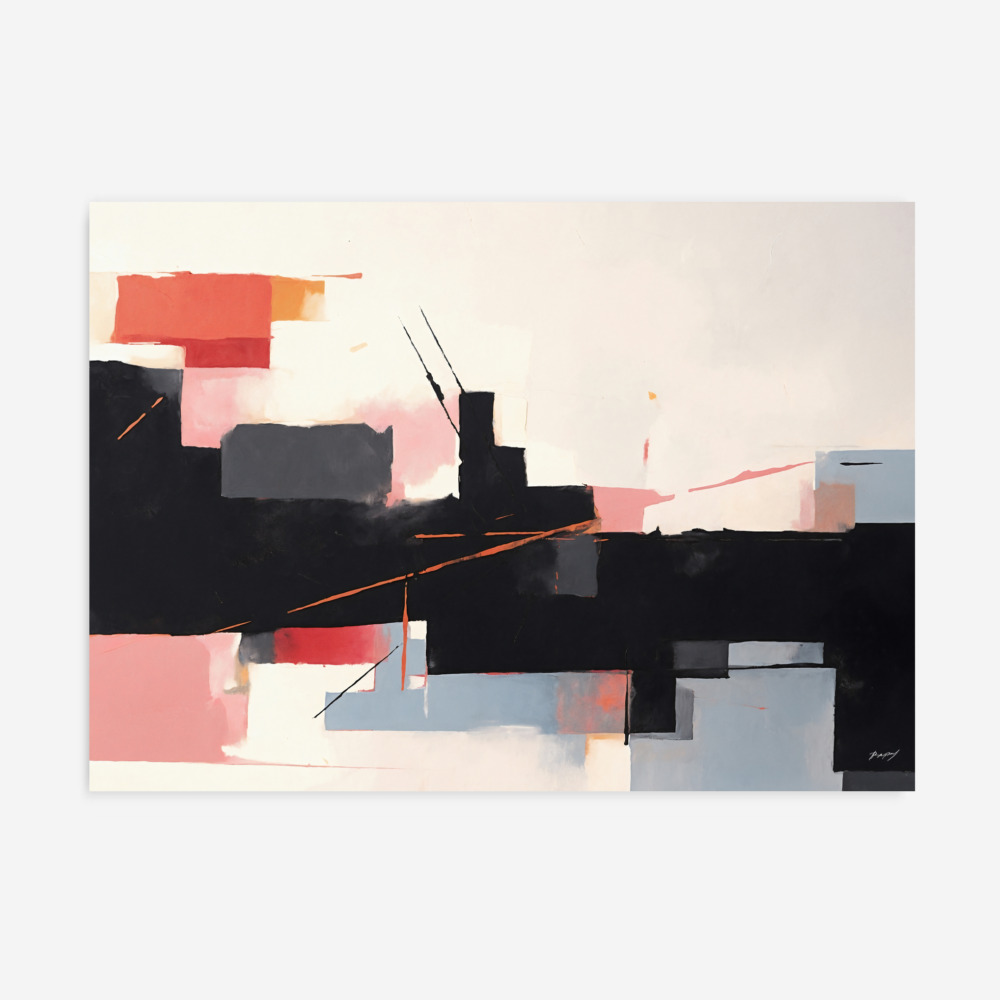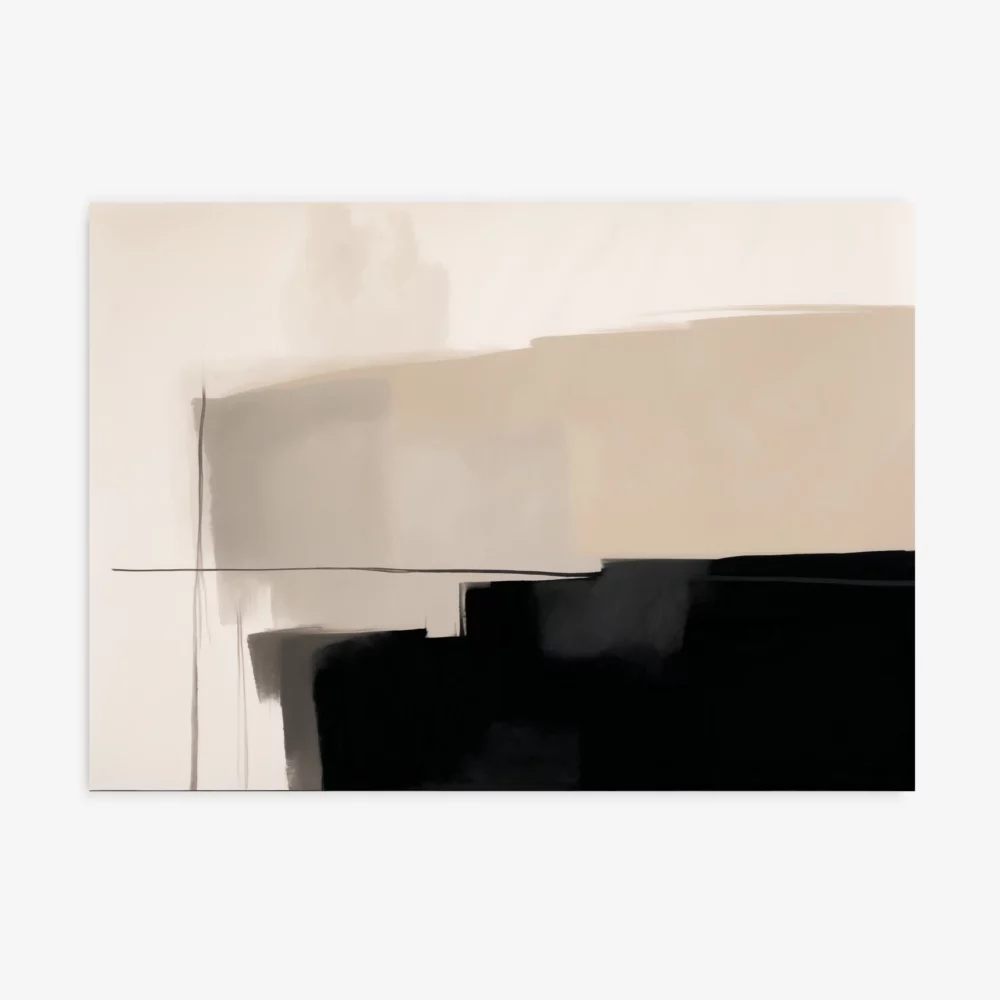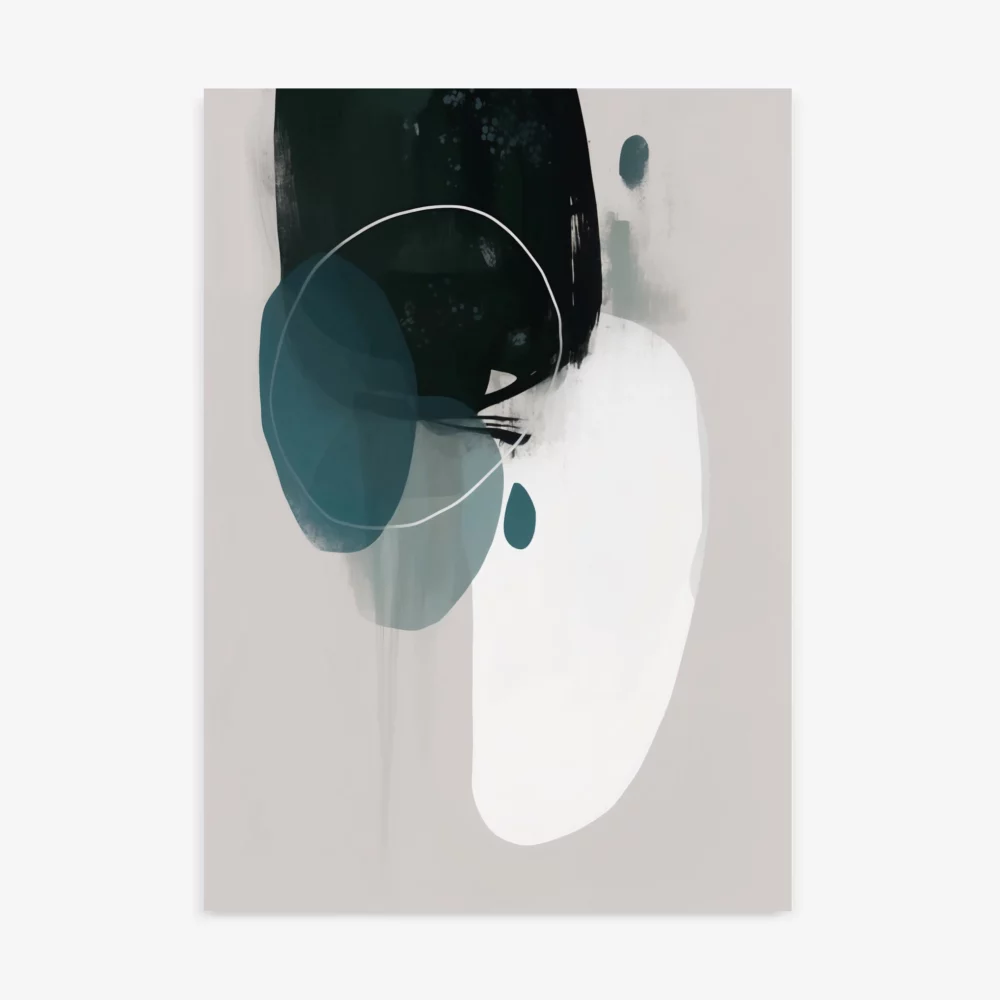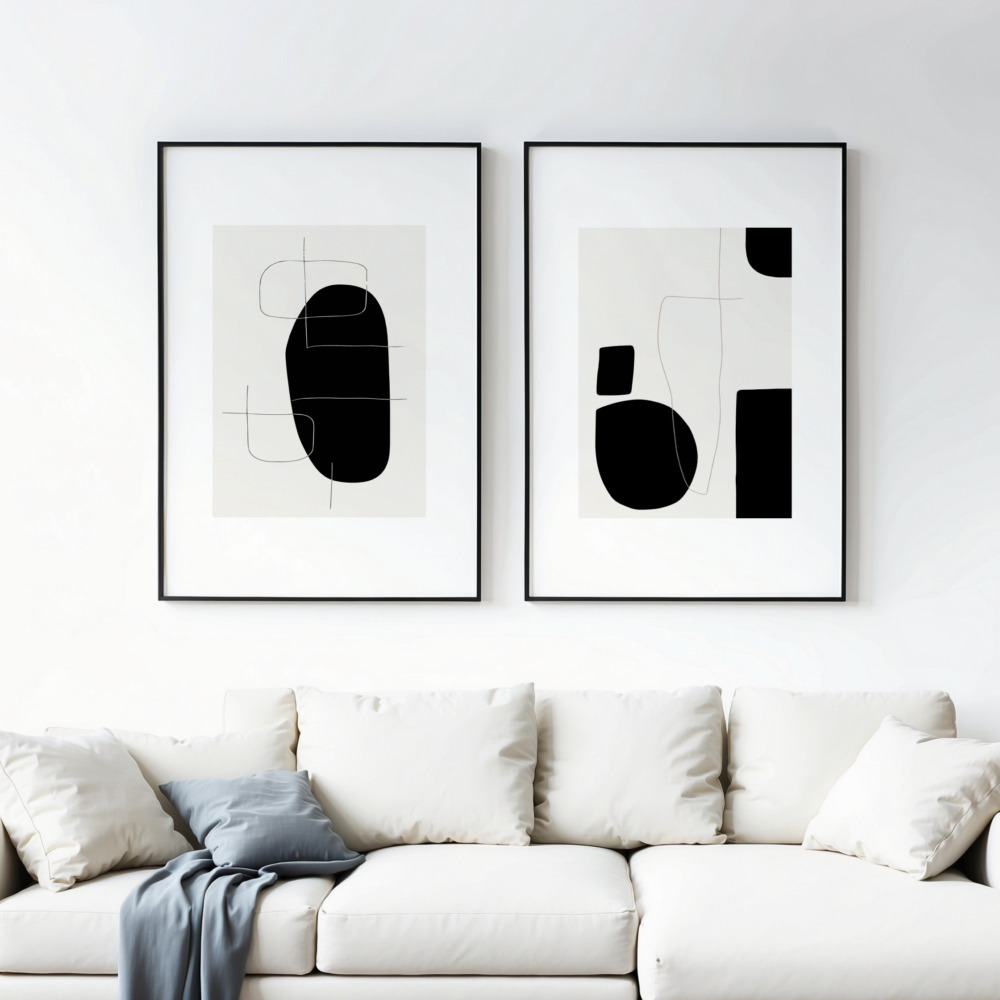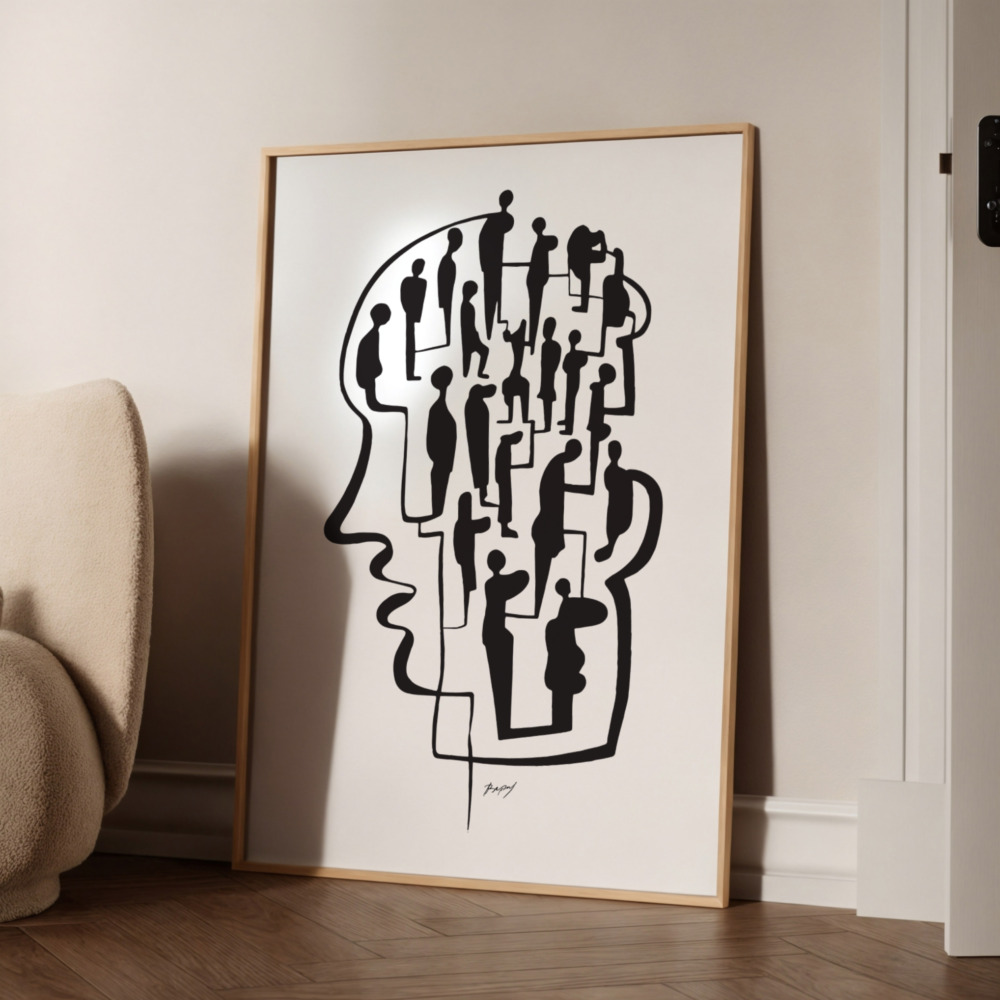The modern office has undergone a revolution. It’s no longer just a series of desks and chairs; it’s an ecosystem designed to cultivate creativity, collaboration, and productivity. In an era where clean, minimalist design reigns supreme, white walls can quickly shift from serene and calm to sterile and soulless. This is where art enters the picture—specifically, one of its most fascinating and sophisticated categories: abstract art.
Choosing abstract art for office spaces is a deliberate statement. It signals a company that isn’t afraid of thinking outside the box, one that values personal interpretation and understands that beauty can be conceptual and emotional, not just literal. Yet, for many, the world of abstraction can feel a bit intimidating. “What does it mean?”, “How am I supposed to understand it?”, “Will this be appropriate for our office?”.
This guide is designed to dismantle those barriers. We will unpack the magic of abstract art, explore its different styles, learn how to “interpret” a piece in a way that aligns with your brand values, and provide practical tips for integrating it flawlessly into your workspace.

Why Abstract Art is the Ideal Choice for the Office Environment
Unlike a landscape painting or a portrait, abstract art has unique advantages within a professional setting, making it a superior choice for modern office or workspace wall art.
-
It Sparks Conversation and Thought: An abstract piece is a natural conversation starter. It invites the viewer—whether an employee, a client, or a partner—to pause, think, and feel. It doesn’t provide easy answers, thereby encouraging the very same curiosity and creativity we want to foster in our teams.
-
It Conveys Professionalism and Sophistication: Abstract art is intrinsically linked with galleries, museums, and high-end design. Incorporating it into your office immediately projects a sense of quality, depth, and sophistication. It demonstrates that the company invests not only in functionality but also in culture and aesthetics.
-
It Offers Universal and Timeless Versatility: Because it doesn’t depict a specific object or scene, abstract art doesn’t become dated or tied to a single theme. It can suit a tech company, a law firm, or a design studio because it speaks the language of color, form, and emotion—a language that is universal and enduring.

Decoding the Code: Understanding Different Styles of Abstract Art
“Abstract” is a broad term. Familiarizing yourself with its sub-genres will help you find the style that best suits your company’s personality.
What it is: This style is based on clear, defined geometric shapes—straight lines, circles, rectangles, and squares. The composition is typically orderly, balanced, and deliberate.
The atmosphere it creates: Order, stability, logic, structure, and a sense of modern professionalism.
Best suited for: Financial firms, architectural offices, tech companies, and any organization that wants to project a message of reliability, precision, and order.
2. Expressive (or Lyrical) Abstraction
What it is: The complete opposite of geometric. This style emphasizes free-flowing movement, visible brushstrokes, vibrant color palettes, and emotional expression. The composition feels spontaneous and energetic.
The atmosphere it creates: Dynamism, creativity, energy, innovation, and passion.
Best suited for: Startups, advertising agencies, media companies, and any organization wanting to cultivate a young, bold, and groundbreaking vibe.
3. Minimalist Abstraction (Color Blocking/Field)
What it is: This style often combines the best of both worlds. It uses simple forms and large, defined areas of solid color, but generally without the rigid structure of pure geometric art. It focuses on balance, tranquility, and the harmony between a limited number of colors. As a minimalist art print, it is clean and impactful.
The atmosphere it creates: Calm, elegance, cleanliness, and quiet sophistication.
Best suited for: Design studios, wellness clinics, co-working spaces, and any environment that aims for a serene, aesthetic, and uncluttered atmosphere.
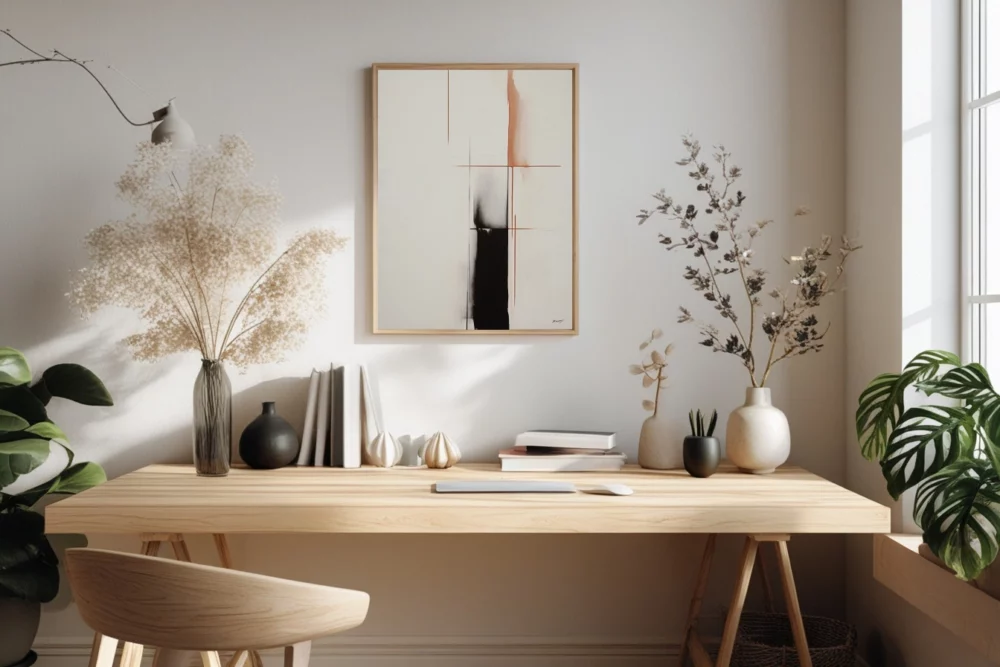
The Art of Interpretation: It’s Not What You See, It’s What You Feel
The biggest question people ask when faced with abstract art is, “But what does it mean?”. The answer is liberating: It means whatever you want it to mean. There is no single “correct” interpretation. The beauty of abstraction is that it allows each person to project their own inner world onto the canvas.
When choosing abstract artwork for office decor, don’t ask, “What am I looking at?”. Instead, ask:
-
How does this piece make me feel? Is it calming? Energizing? Does it spark curiosity?
-
What values does it represent to me? Do the sharp lines represent precision? Do the bold colors represent innovation? Does the balance in the composition represent stability?
Align the feeling the artwork evokes with your brand values. A law firm will want to project stability and trust, likely choosing a geometric abstract with a calm palette. A gaming company will want to project energy and fun, opting for an expressive abstract with bold, dynamic colors.
The Practical Guide: Integrating Abstract Art into Your Office Space
-
Use Color as Your Anchor: The easiest way to integrate an abstract piece is through color. Choose a work that contains a touch of your brand’s color, or a color that complements the existing furniture (armchairs, a rug). This immediately creates a visual link and makes the choice feel connected and harmonious.
-
Scale is Key: Abstract art loves to make a statement. Don’t be afraid to go big. A single, large-scale abstract piece in an entryway or a boardroom is a powerful statement. Remember the two-thirds rule: the width of the art should be roughly two-thirds the width of the sofa or credenza beneath it.
-
The Power of a Series: Instead of one large painting, consider hanging a pair (diptych) or a trio (triptych) of abstract pieces from the same series. This creates a very professional, rhythmic, and planned look, and it works exceptionally well in long corridors or behind a reception desk.
-
Context is Everything: Match the energy of the artwork to the function of the room. In a long boardroom, a piece with horizontal movement can create a sense of flow. In a break room designed for rest, choose a calmer piece with cool colors and a balanced composition.
Conclusion: Beyond Form, Into Feeling
Choosing abstract art for office or workspace walls is an opportunity to infuse your workspace with depth, conversation, and soul. It is a move that signals confidence and an understanding that an inspiring work environment is one that doesn’t just provide answers, but also asks questions. Abstract art invites us to look beyond the obvious, to interpret personally, and to form an emotional connection with our surroundings.
Do not be afraid of the undefined. Embrace it. Discover the power held in pure color, clean form, and a composition that evokes a feeling. Now that you understand the rich language of abstract art, we invite you to find the pieces that will speak directly to the heart of your brand. Visit the abstract art collection at Print Studio and discover a world of color, form, and emotion waiting to transform your office into an unforgettable space.

